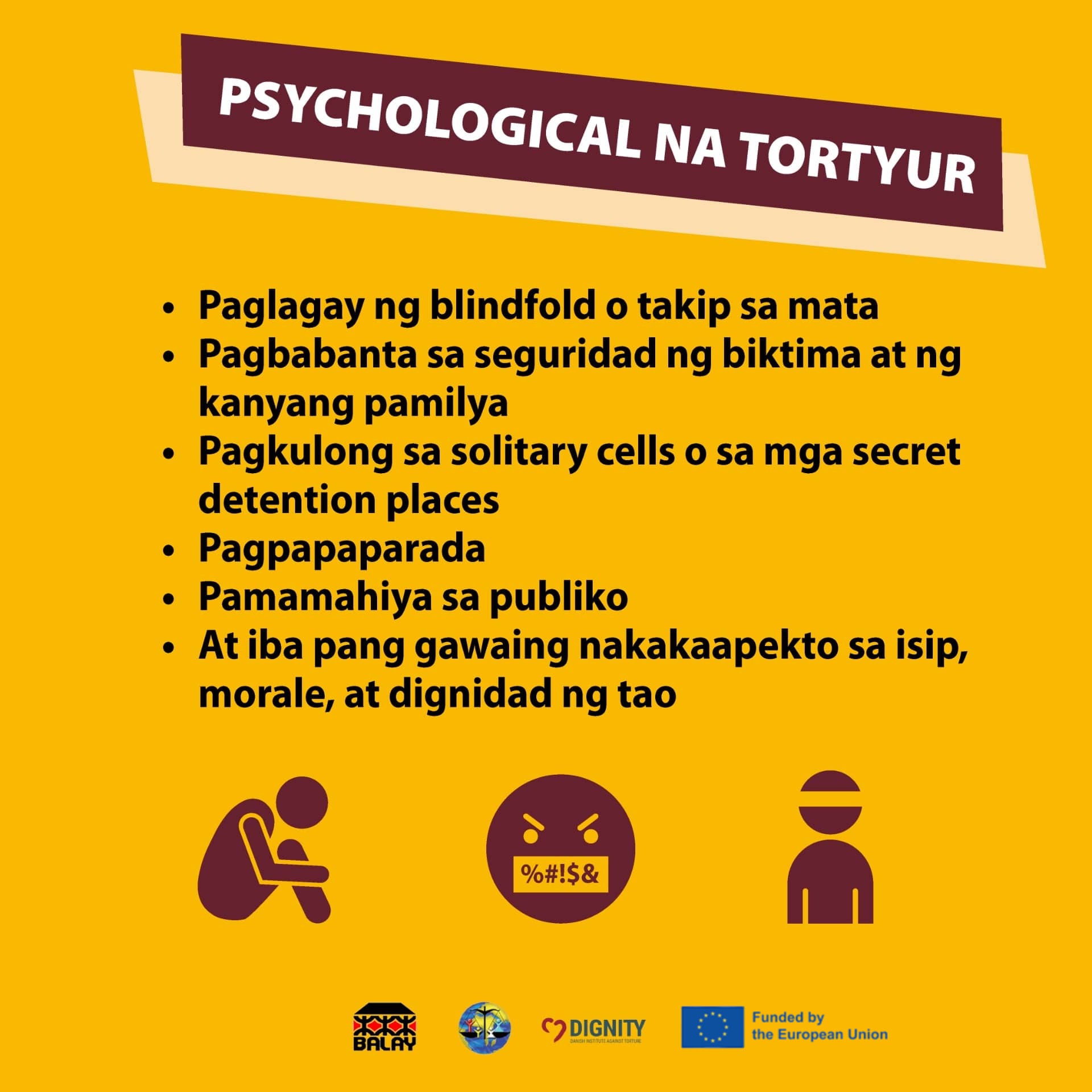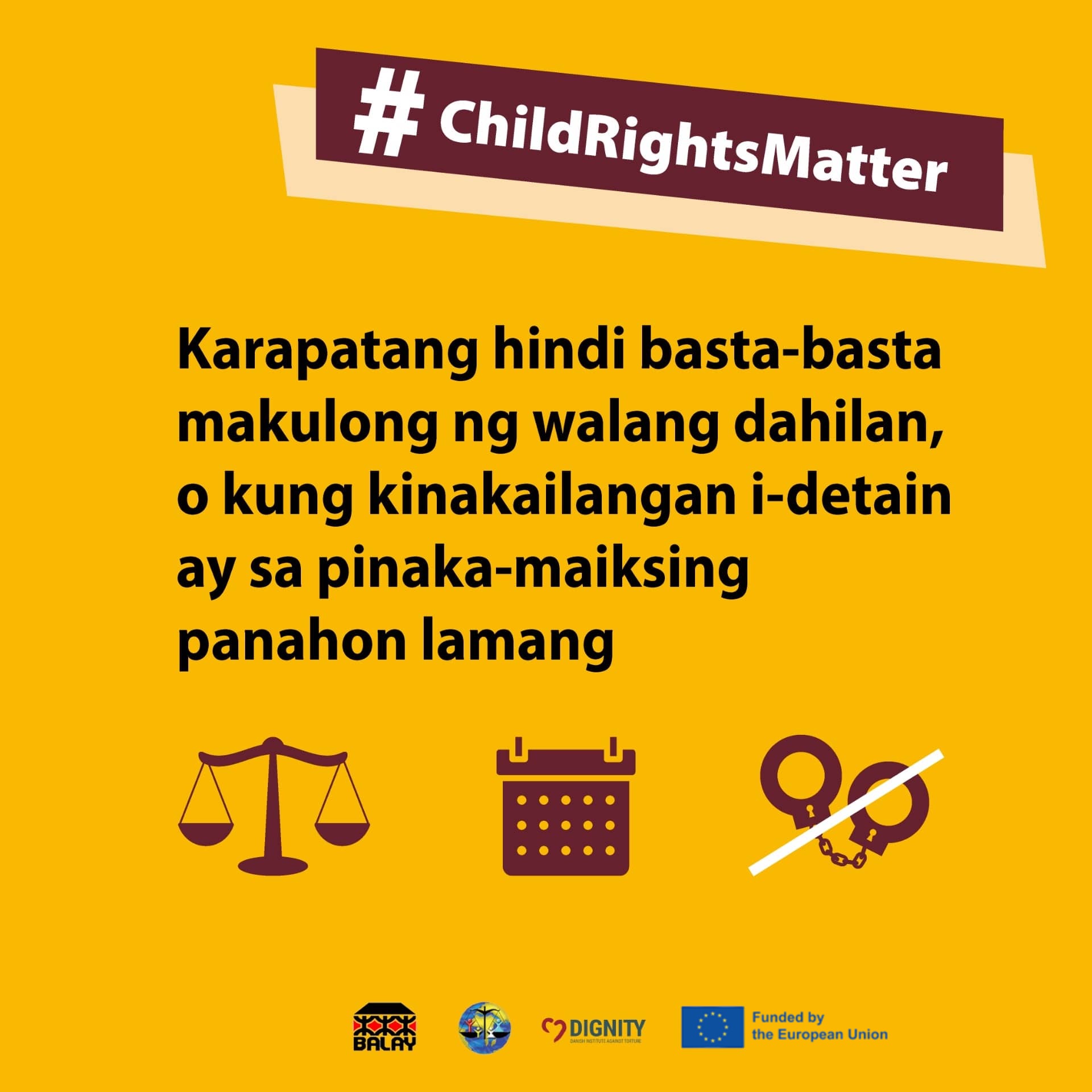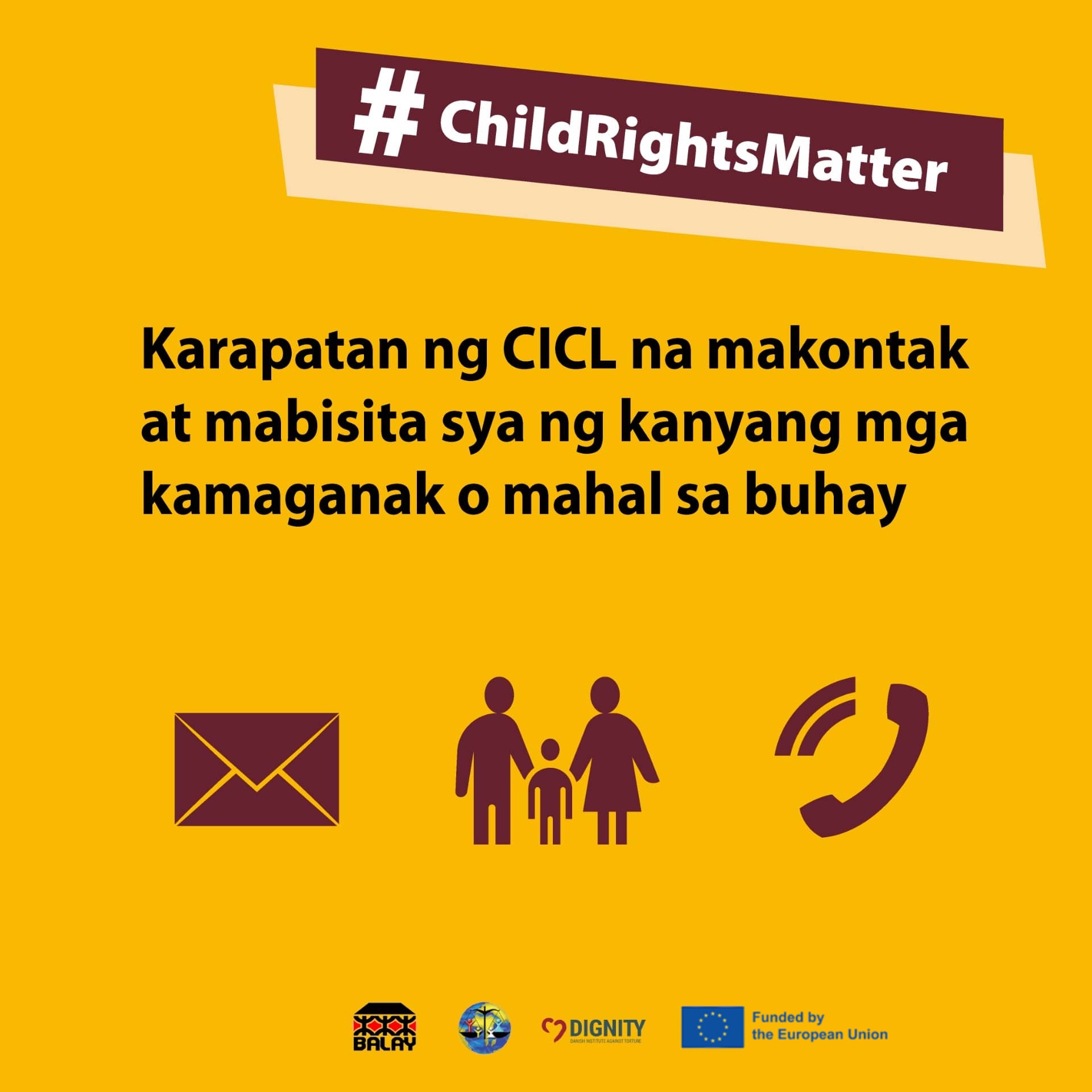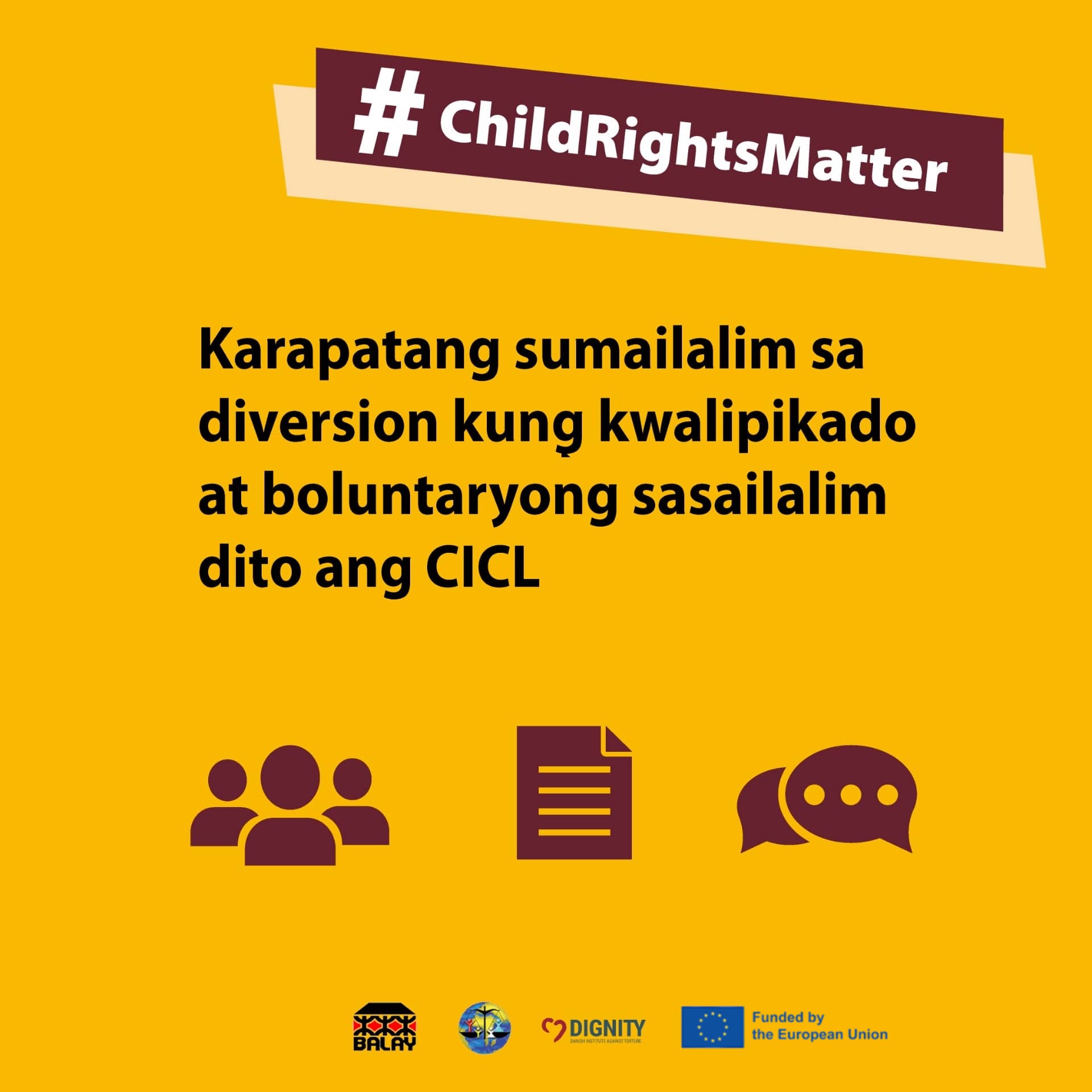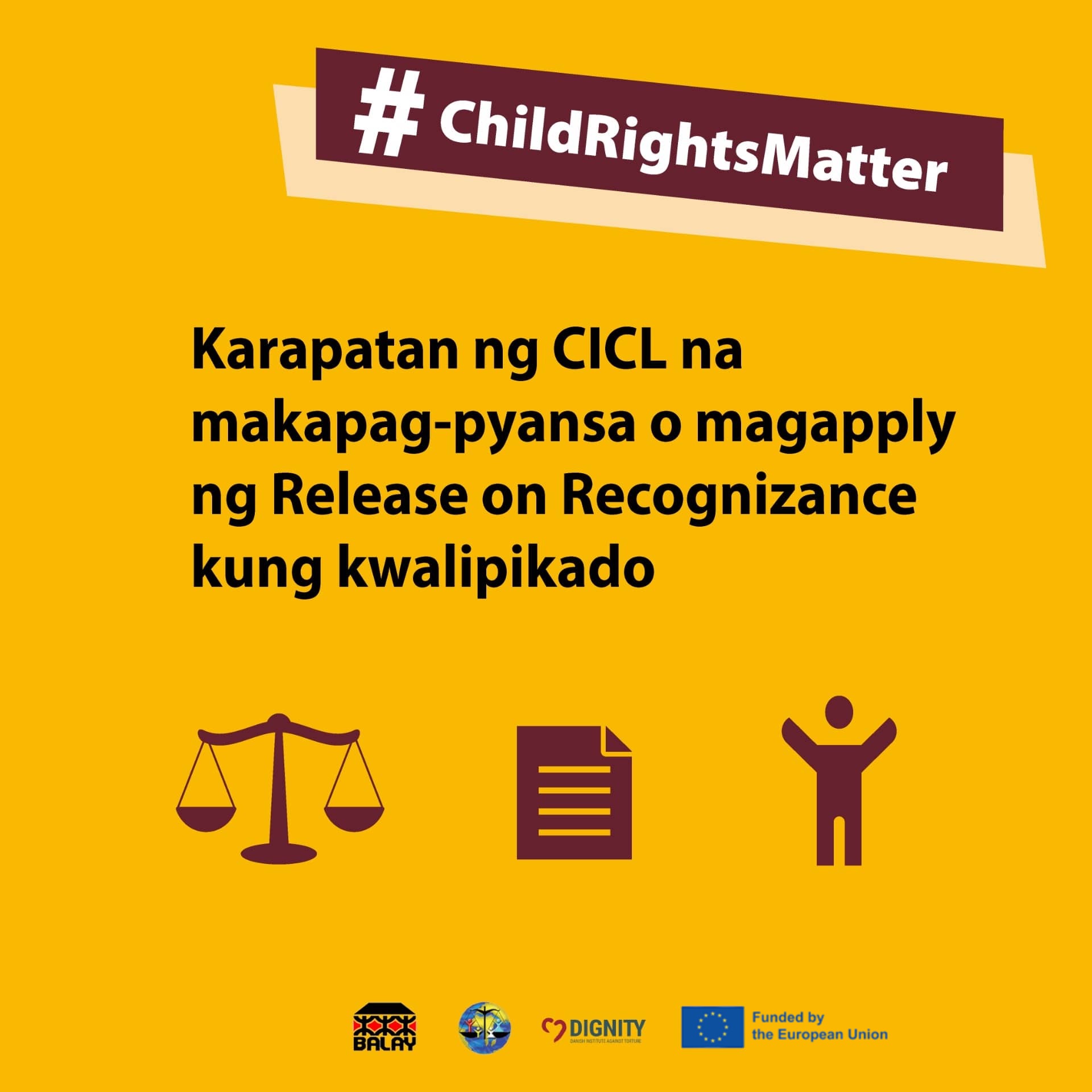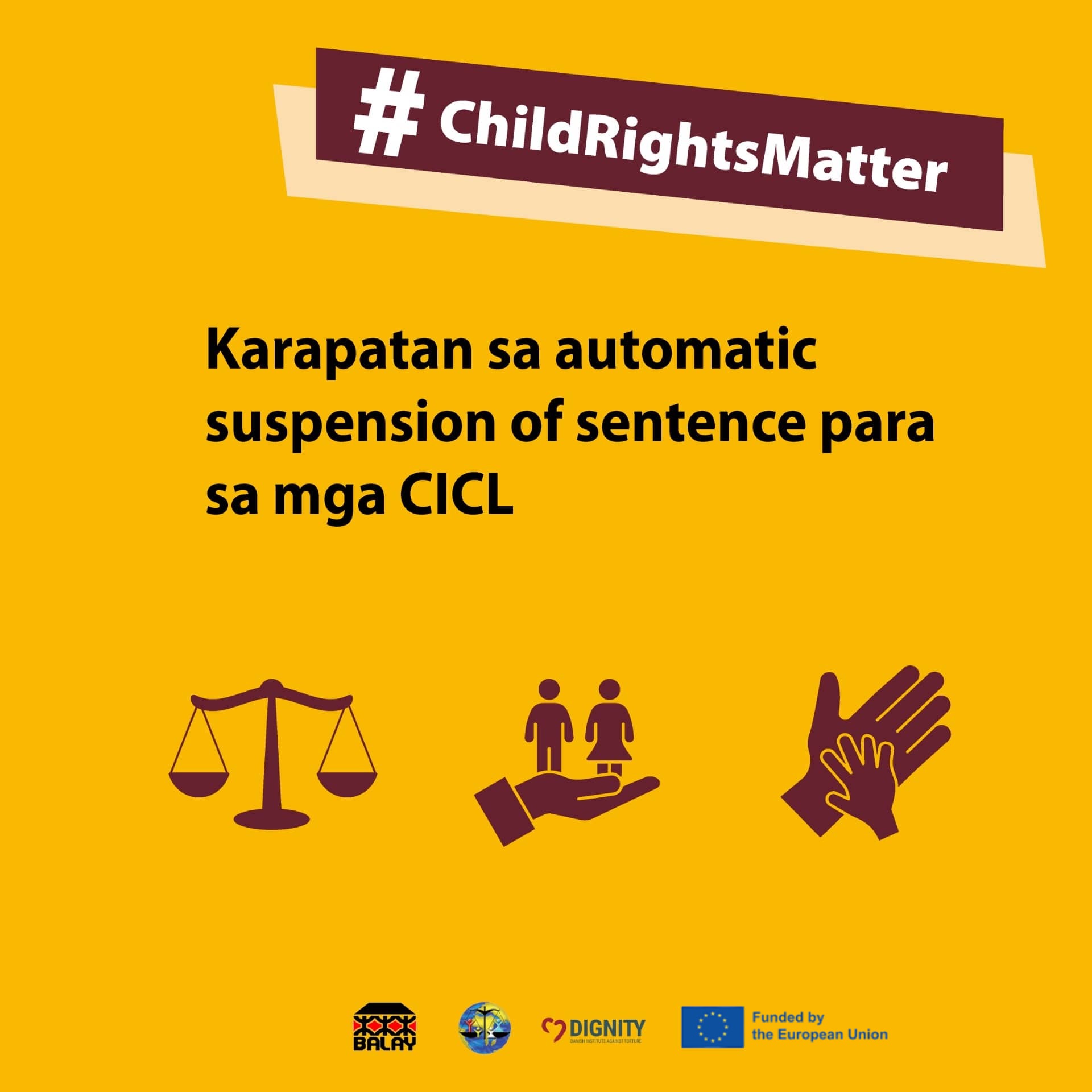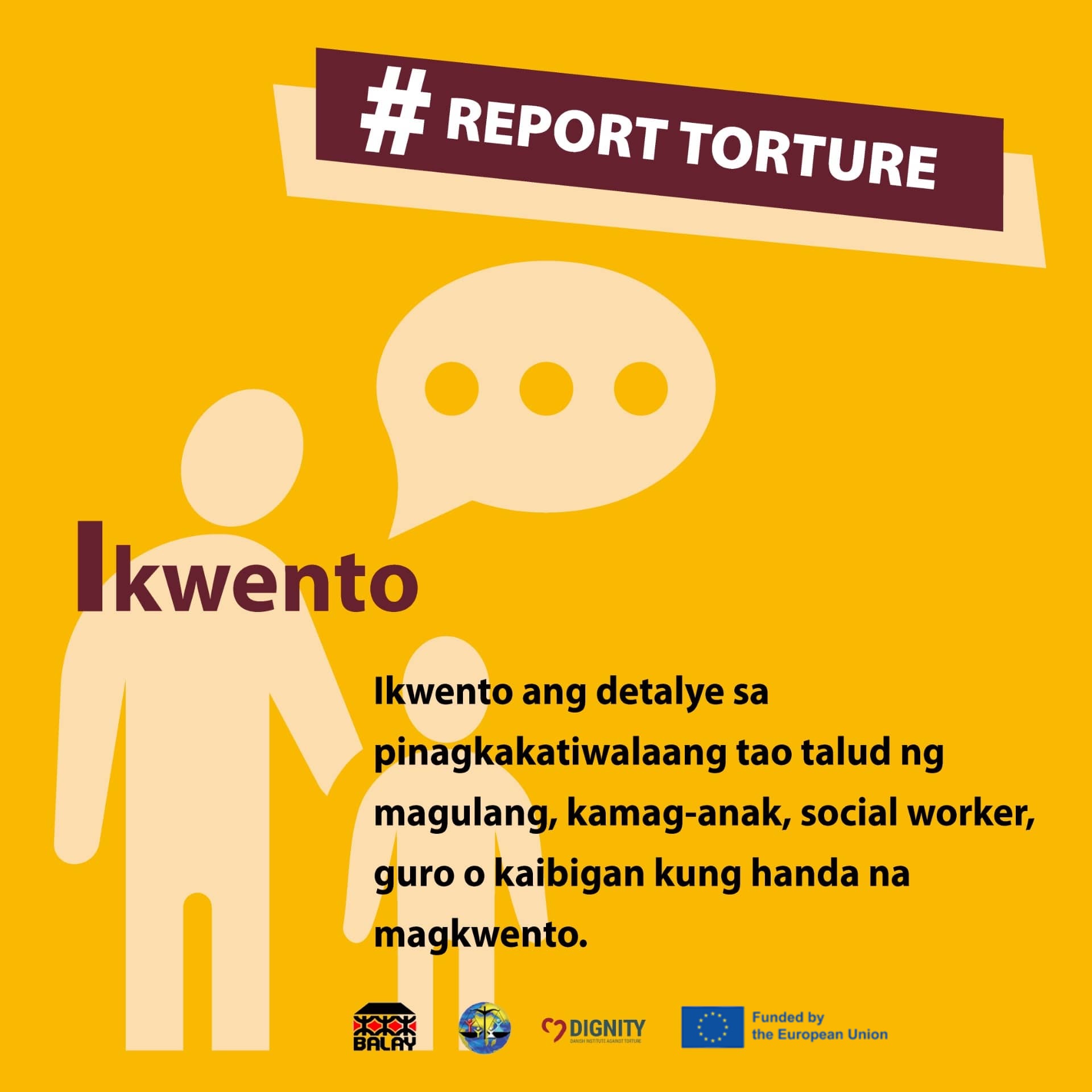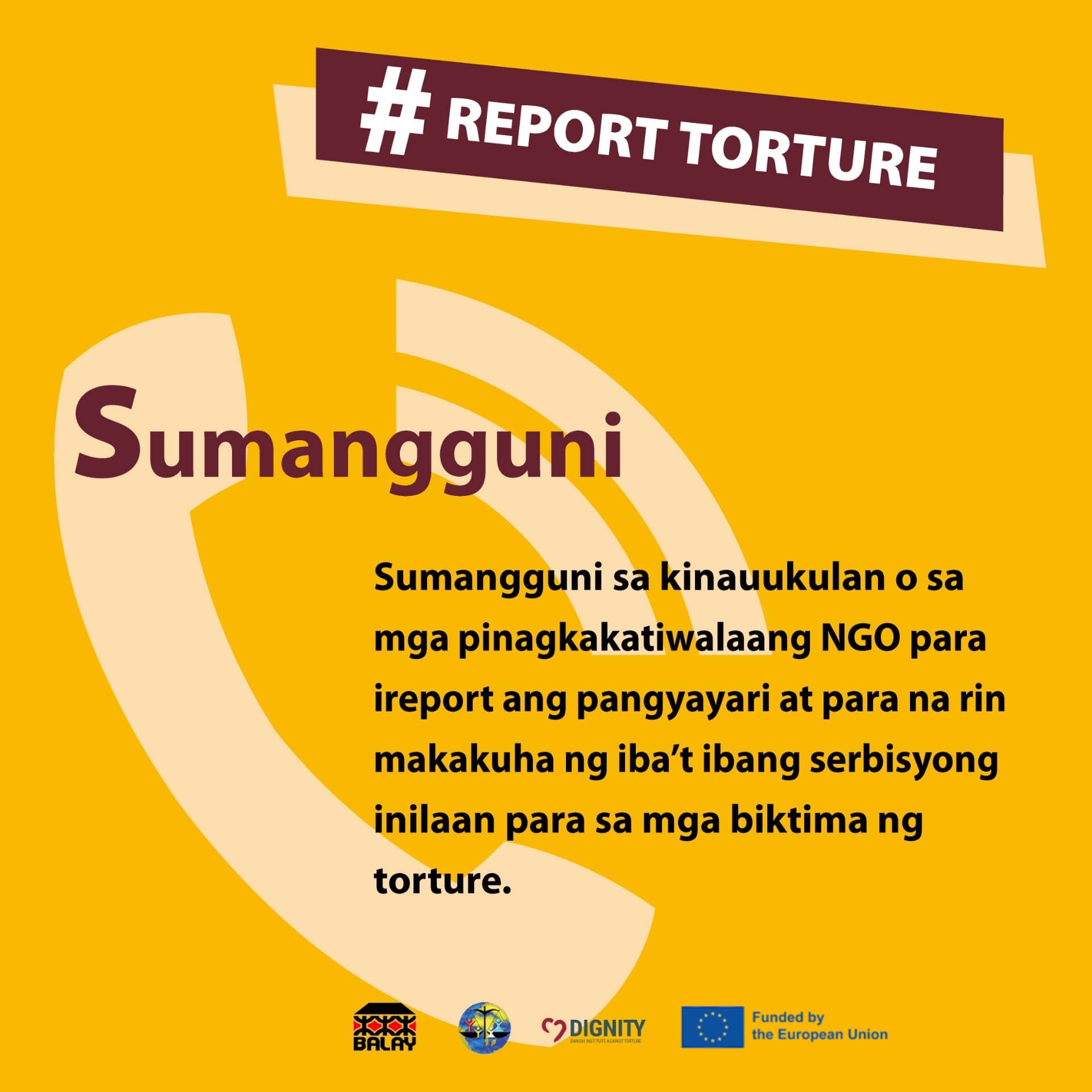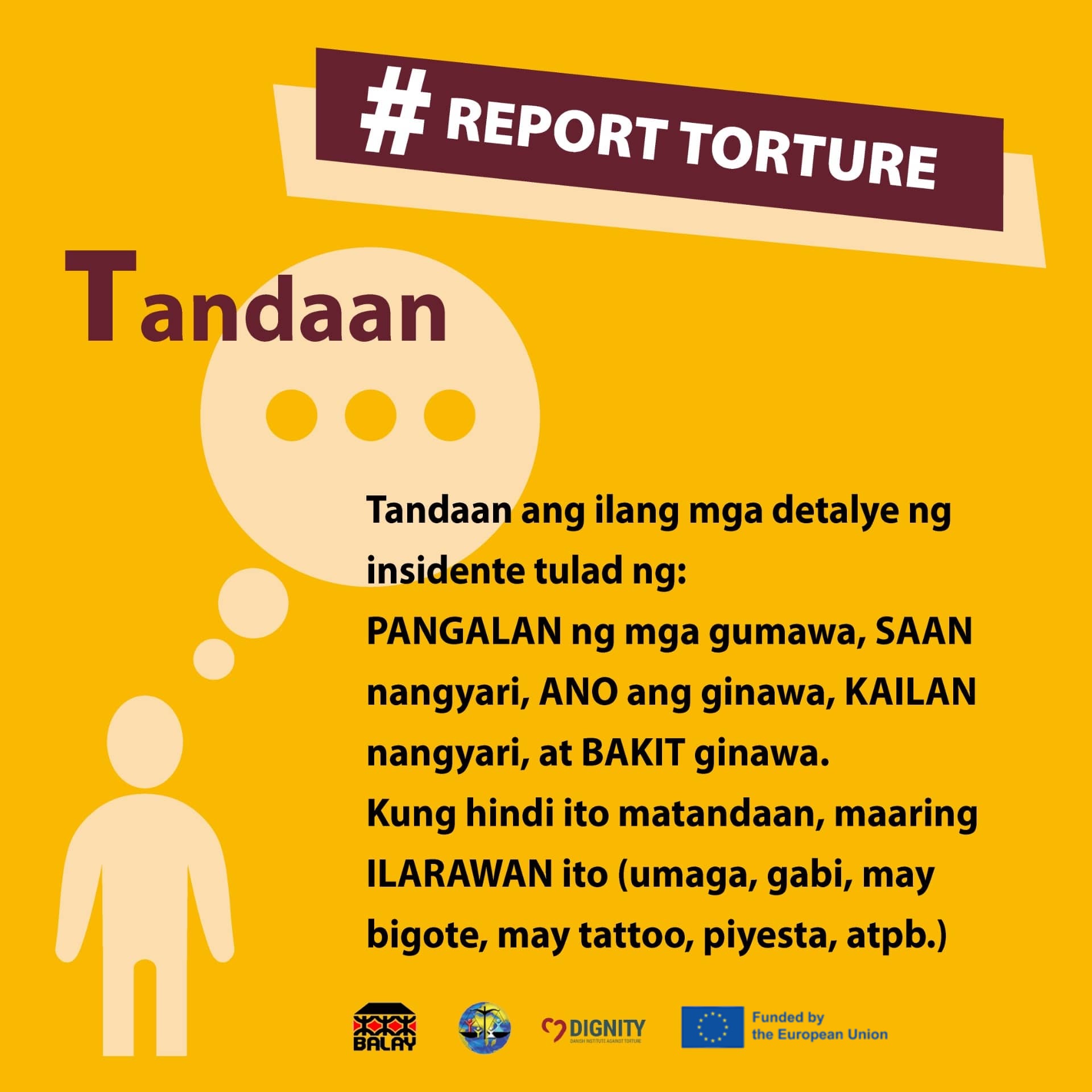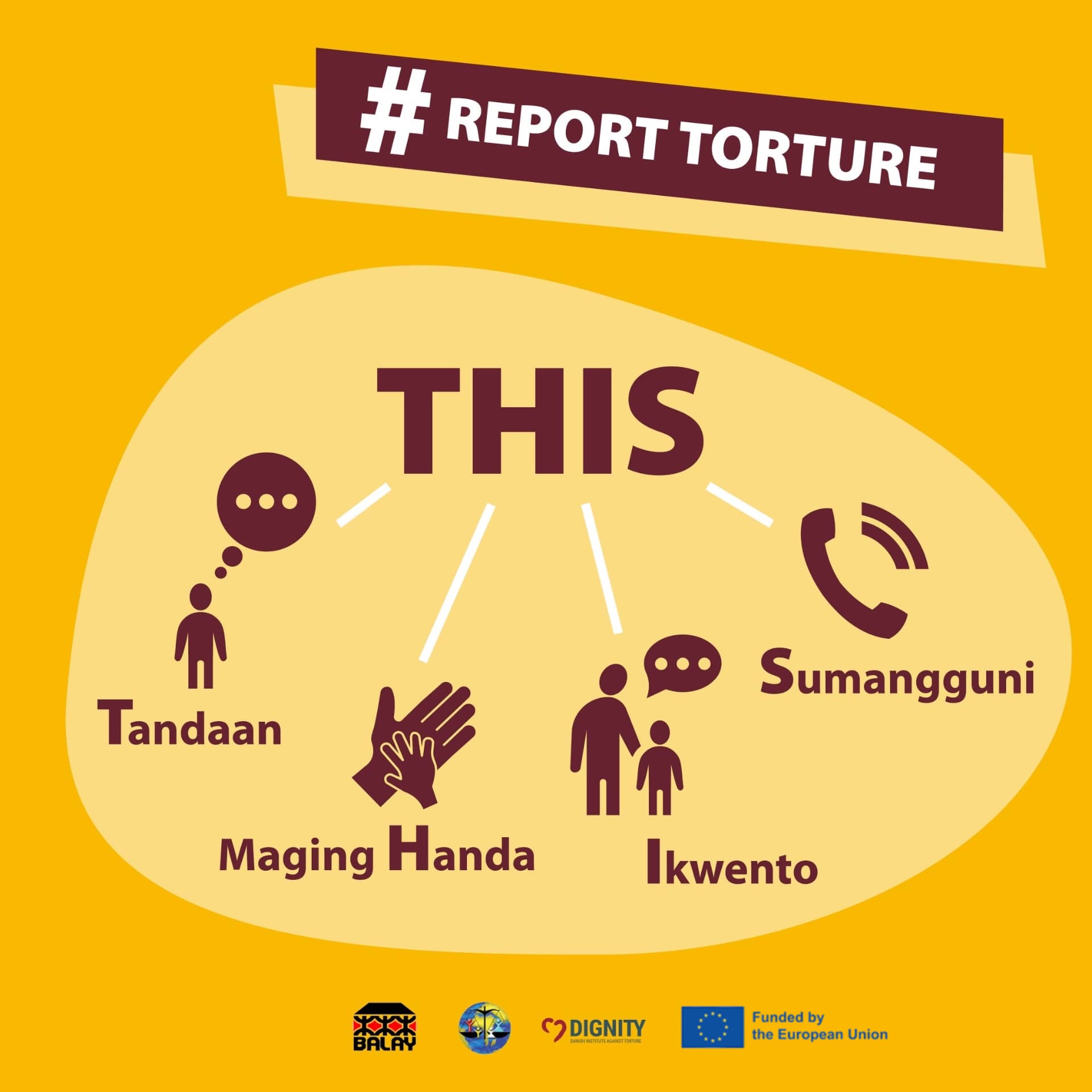Kudal, An Abandoned Barangay No More
Little Barangay in Pagalungan, Maguindanao might be showing the way home for evacuees in the war-torn central Mindanao.
In the year 2000, Brgy. Kudal was abandoned by its residents at the height of fierce fighting during former president Estrada's "all-out war" against the Moro Islamic Liberation Front (MILF). At least two army detachments were then set up in the village, intended to protect the village but unfortunately turning out to be a disincentive for the villagers to return.
Barangay Kudal is the birthplace of Salamat Hashim, the revered former chair of the MILF, a fact that is not lost on the Armed Forces of the Philippines (AFP). Aside from its losing soldiers on the Kudal battlefield, the AFP strategy appears to be to occupy and hold on to Kudal as sort of a psychological "advantage" over the MILF. (Salamat died last July 13, 2003 somewhere in Lanao Sur).
In early January last year, members of the "Bantay Ceasefire", a grassroots ceasefire monitoring group, talked to some of the families from Kudal who were staying at the margins of the Pagalungan Central Elementary School. They had built semi-permanent houses, had enrolled their children at the central school, and had managed to set up small stores or find other means of livelihood. But their hearts were bent on returning to Kudal.
In the last three years, the formerly self-reliant and vibrant community of Kudal remained only in the memories of its residents. When "Bantay Ceasefire" visited one of Kudal's three sitios, sitio Talab in January, all it saw were the ruins of a mosque, a madrasah and an estimated 200 houses. The commander of the 40th Infantry Battalion army detachment set up at the community entrance, meanwhile, was complaining of sniping forays by the MILF. Last Sunday (Jan. 25), the hopes of Kudal residents came alive when some 70 people witnessed the groundbreaking in Sitio Bridge, Kudal of a self-build housing project of the Suara Kalilintad, the organization formed by the war evacuees last year. Suara had led the June 24-25, 2003"Bakwit Power" highway protests of evacuees from Pagalungan, Pagagawan and Pikit, Cotabato.
There was no mistaking the significance of that day. The evacuee residents of Kudal were starting to come home, hopefully to live in peace once more.
Marines and 40th IB army soldiers stood by with NGO support groups as the residents of sitio Bridge (est. pop. in 2000: 500 houses) worked with hammers and saws on the houses 12 x 15 feet in floor size. The new houses would have nipa roofs, sawali sidings and bamboo flooring.
Under Suara's project "Pedtatabanga sa Kapaped-tendeg" (roughly, Cooperation in Standing Up), an evacuee family would have two weeks to finish the house. While under construction, the family would be given rice, dried fish, soap and coffee. NGO support groups had given or had asked for donations for the amount of P5, 000. Needed to buy housing and construction materials for one house.
Ten houses would be built as a start in sitio Bridge. The next houses would be built nearby or at Brgy. Bago Inged, another village abandoned by residents since the year 2000 because of war.
Pagalungan councilor Haris Matalam hailed the project as an example of cooperation between the evacuees and NGOs, but apologized that the housebuilding and return of evacuees was initiated by the evacuees and "non-locals," and not by Pagalungan officials.
Until that Sunday, no resident from Kudal had been able to return to set up home. The government had built clustered core houses not in Kudal but in nearby Brgy. Inug-og, which was declared by Malacanang a "peace sanctuary" on June 13, 2003, in ceremonies witnessed by no less than President Gloria Macapagal-Arroyo, former President Cory Aquino, Cabinet members, diplomats and media.
But would the houses and its inhabitants in Kudal be safe in the future?
The houses in sitio Bridge were being built just 200 meters from an army detachment and about a kilometer away from a police and CVO (civilian volunteer organization) outpost in barangay Inug-og.
Suara Kalilintad chair Minandang Mamolindas, himself an evacuee, said they are banking on the existing ceasefire (started July 19, 2003 by the Government of the Republic of the Philippines and the MILF) and on hopes that the peace talks—and a comprehensive peace agreement—will be continuing.
Ismael Usman, one of the seven Kudal barangay councilors also living as evacuees however said that once the houses are done, the returnees will still need fishnets, hook-and-line and small boats to fish in the nearby marsh, water pumps as a source for potable water, as well as toilets.
The deep wells formerly used by residents had dried up since the village was abandoned in 2000 and residents now need to walk about a kilometer to get fresh water. Fishing implements were also lost or damaged in the war.
But said Usman: "If there's a nest, there must be eggs. And if there are eggs, there must be chickens nearby," explaining that, "it's the same with giving us provisions for livelihood. We just need something to start with.
(Brady Eviota is the Research Officer of the Initiatives for International Dialogue (IID), a Davao-based NGO which serves as the secretariat of the Mindanao Peoples' Caucus (MPC). Together with IID and MPC, BALAY supports the self-build house project of Suara Kalilintad. This article was lifted from Mindanews )









